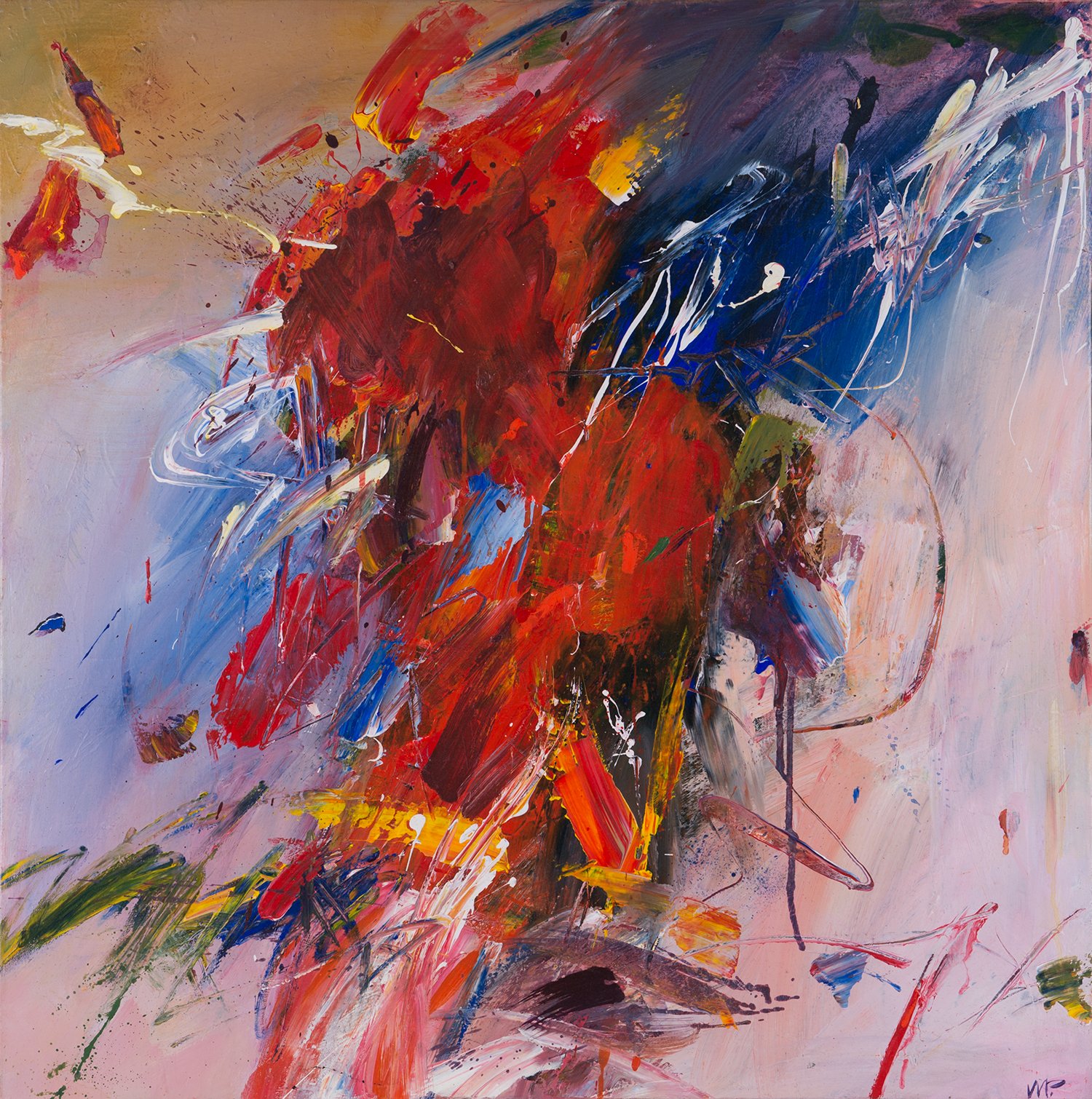Copy Photography of Artworks
Copy photography of artworks
Creating a photographic copy of an artwork, is in essence, a technical exercise. The objective of copy photography is to create an accurate rendering of the piece of art. This differs from using an artwork as the subject of a cool or quirky photograph. The artist’s vision needs to be represented accurately. Copy photos are useful for professional artists to make prints and catalogues, for use in websites or publications, point of sale and as a record of the work if it gets sold.
This is not an interpretative area of photography, making it one of the rare situations where if gave ten photographers, the same two-dimensional piece of art to copy, all their photographs should be more or less identical. You shouldn’t be able to pick which photographer was responsible for which images as the photographer's style should be absent. It should be as close as possible to looking at the work in the flesh. The copy photographs should accurately reproduce texture, colours, contrast and proportions. The equipment they use may vary but the essence of what they create should be the same, an accurate copy. Lighting should be soft and perfectly even across the entire surface.
Magma by Adelaide abstract painter Murray Pritchard
Golden Eye by Adrian Potter
Origins, by Karl Meyer, was shot in the workshop prior to getting its final polish. This is a 2-meter tall piece made of Stainless Steel.
I’d go so far as to say that light is the most important ingredient when copying any artwork, be it two or three-dimensional. Well-managed light will make it obvious if the object is textured, reflective, translucent, opaque, matt, deep, flat or curvacious. The qualities of the light used will be the make or break of this style of work. Ultimately, this is the reason many artworks can only be photographed to a high level by an experienced professional photographer. Without experience or knowledge, it is virtually impossible to make light behave in a way that best serves highly reflective or translucent surfaces. Even with over 25 years of experience, it’s not necessarily an obvious trajectory as to how I will go about lighting an unusually shaped, reflective object.
Typically, straight documentation of portable three-dimensional artworks will be photographed in a studio, on white, grey or black. The background doesn’t compete for attention with the piece, and a darker background can create drama while not overpowering the subject.
A public piece of art will be positioned within a specific location with intent. How that work is shot is more interpretative. The scale of the piece and the neighbouring environment may influence how wide a lens is required, and with wide-angle lenses comes inherent distortion which needs to be minimised or corrected in post. Was the work built to interact with light or is it illuminated? If it is lit, the colour cast of the lighting may need to be neutralised to show the true colour of the materials. If the piece is in a heavy traffic area or is it a piece designed for public interaction, it may need to be shot twice. Once surrounded by people and once late at night or very early in the morning when the space is empty. Optionally, a long exposure to blur passers-by could pull attention back to the work.
All of these questions will influence how the work needs to be photographed. I still believe that an accurate rendering of the materials and the fundamental form of the piece should be at the top of the list.
Copy photography of art is not about the photographer's style but how to make a photograph that best serves the professional artist in representing their work. It should clearly illustrate as much information as possible about the work itself, and be engaging. A copy photograph of an art piece appropriately should show a high level of technical proficiency and be a beautiful photograph.




